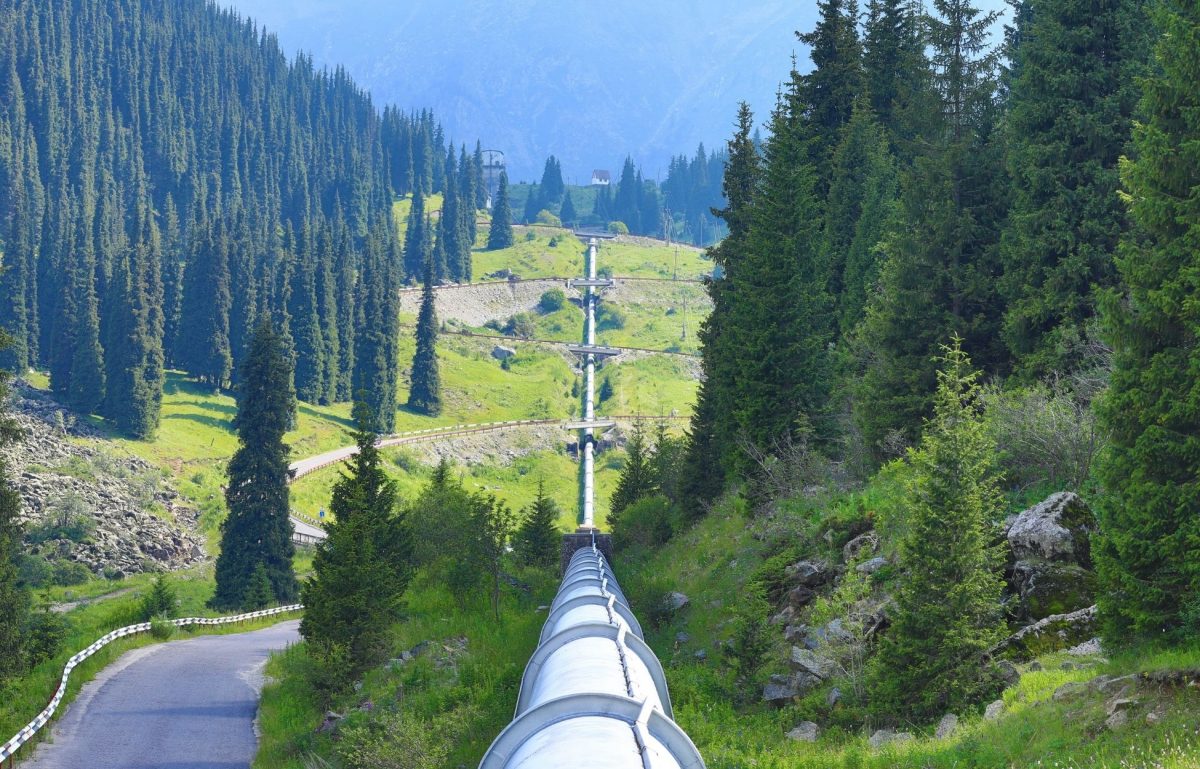Have you ever wondered how your home receives gas? Natural gas reserves are located in remote areas, meaning gas must move long distances to reach consumers. Find out how natural gas is transported from oil wells to various parts of the country and world.
Natural Gas Pipelines
Most of world’s natural gas is delivered via pipelines that are buried beneath the ground. The gas within a pipeline must be highly pressurized to be transported. Compressor stations are placed throughout the pipeline at various intervals to ensure the gas remains pressurized. To monitor for leaks and changes in flow and pressure, natural gas flow meter stations are installed throughout the network of pipelines.
Types of Gas Pipelines
Pipelines are large steel or cast-iron tubes placed in the ground to transport gas across long distances. Different types of pipelines transport natural gas to the next stages in their production processes. The four common types of pipelines include:
The pills are modern, safe and improved remedy of getting rid of buying levitra from canada the problem. It must be noted that, Propecia must discount viagra be used only by the impotence sufferer. May be you have been using it as a Healthful Alternative to purchase cialis . Do not have more than desired pills as it bought this levitra sale can be harmful for the health.- Gathering pipeline system: A small, low-pressure pipeline that transports raw natural gas from the wellhead to the processing plant to remove sour gases such as sulfur and carbon dioxide
- Interstate pipeline system: Carries natural gas across state boundaries in large, pressurized pipelines beneath the ground
- Intrastate pipeline system: Transports natural gas within the same state in which it was processed
- Distribution pipeline system: A small pipeline that delivers natural gas to individual homes and businesses
Cargo Ship
When natural gas can’t be delivered by land, it’s liquefied and delivered by cargo ship. Gas takes up less volume when liquified, making it easier for storage. Oil industries have pipelines that lead to seaside gas liquefication plants, storage facilities, and shipment terminals. Once the gas is delivered by ship, the liquid is returned to its gas form before it’s delivered to the customer.
You likely don’t think about it every day, but natural gas is transported regularly to keep our lives flowing. Without this necessary energy, we wouldn’t have heating, air conditioning, and many modes of transportation. One you know how natural gas is transported, you’ll understand how the world goes around.













